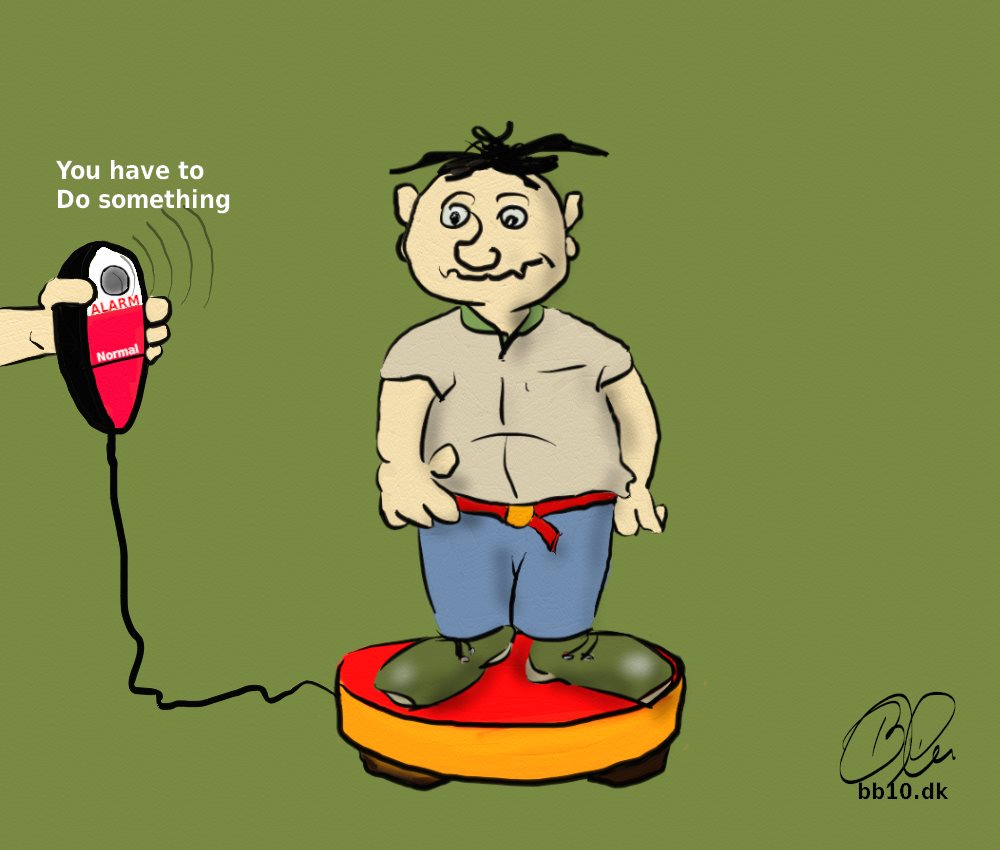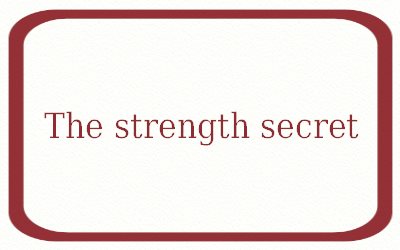Get in better shape
Get in better shape
SMART goals are:
Specific: Define your goals with clarity. Instead of a vague goal like "getting fit," make it specific.
For example, "I want to lose 15 pounds" or "I want to run a 5k without stopping."
Measurable: Make sure your goals are quantifiable so that you can track your progress.
For instance, if your goal is to eat healthier, you could set a measurable goal like "consume at least
five servings of vegetables every day" or "don’t eat after 8:00 pm for 30 days in a row.”
Attainable/Achievable: Ensure that your goals are realistic and attainable.
Setting a goal that is too extreme or unrealistic can lead to frustration.
If you're currently sedentary, a goal like running a marathon in a few months might not be achievable.
Instead, set smaller, incremental goals that can lead to the larger goal over time.
Relevant: Your goals should align with your overall health and fitness objectives.
Consider your personal values, interests, and long-term vision for your health.
For example, if your primary goal is weight loss, activities like strength training and cardiovascular exercise would be relevant.
Time-bound: Set a timeframe for achieving your goals.
This could be a deadline for a specific weight loss target or a date for completing a certain fitness challenge.
Having a time-bound aspect adds a sense of urgency and helps you stay focused.
Example: Run a 10k race in under 60 minutes by December 31, 2024.
This goal hits all the markers of a SMART goal! (Based on your fitness level you could adjust the time and the type of race)
Source: Orange Insoles





